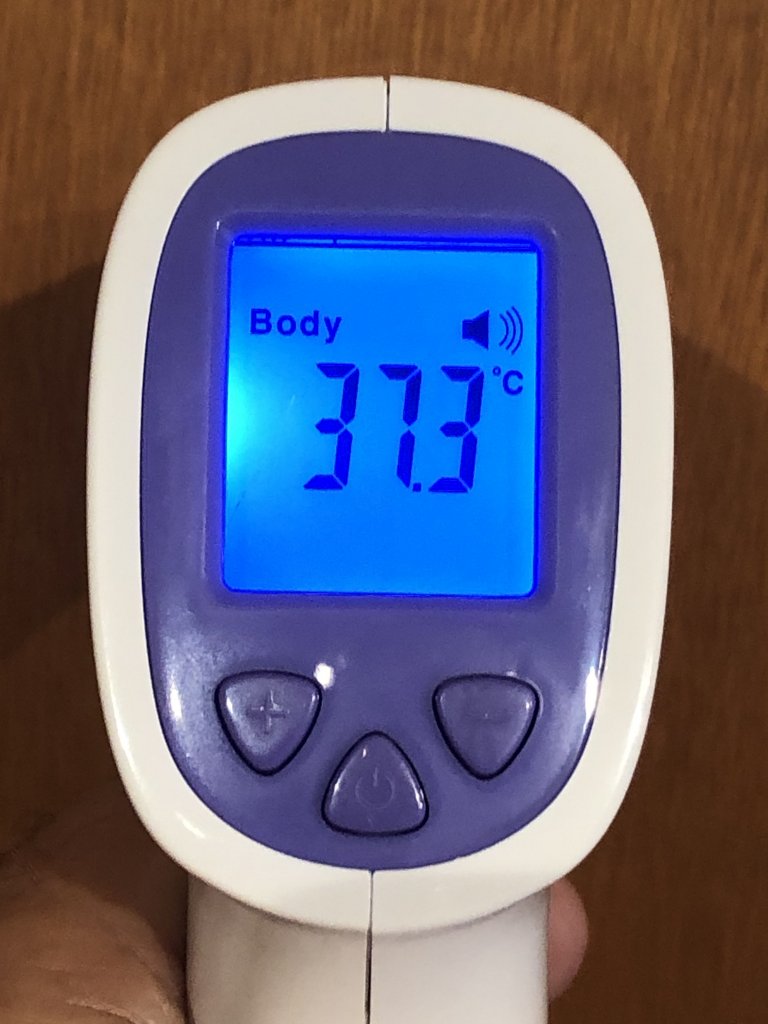Calibration
I promise that this editorial will not be about COVID-19. While this is important, I am in somewhat of an overload with all the media coverage and the day to day “new normal” both clinically and around town. But one thing does stick out. Whenever I enter my building to open up for the day, I am greeted in the lobby by several gowned people who measure my temperature and ask a series of questions. Whenever I have my temperature taken, they turn the thermometer around so I can see the digital screen. I usually come in with numbers hovering around the low to mid 36s, and they send me over to the elevators wishing me a nice day.
I am pretty sure that my resting body temperature should be in the mid-37 degree range (actually 37.5 degrees C and not down in the mid-36, or sometimes in the mid-35 degree range.) Either I am half reptile or the calibration is off on those thermometers.
I bought one recently for my mother to use and got a chance to look at the owner’s manual. And indeed half of the manual was about “how to calibrate your new thermometer.” Here is a picture of the digital screen for my properly calibrated thermometer … up in the 37-degree range where it should be.

Clearly, those well-meaning screeners in the lobby of my clinic building had never calibrated their thermometers.
Calibration comes in many forms. I am not talking about the narrow definition where we calibrate our equipment annually but more generally changing our perspectives about things that we are "used to doing.” No longer do we shake hands or hug; no longer do we stand closer than 2 meters; and we would never think about going to the store without a mask. We are performing our audiometric tasks while wearing masks and if we keep it on, 24% is an excellent speech discrimination score. In this issue of Canadian Audiologist, we have received permission to reprint Barbara Weinstein and her colleagues’ excellent article about how face masks degrade the speech signal. And one hearing aid manufacturer (Signia) now has a special program that boosts the higher frequencies slightly for listening to people wearing masks. Stealing this great idea from Signia, I now incorporate a dedicated program in all of my hearing aid fittings with this same high-frequency boost to compensate for when a masked individual talks to a hard of hearing person while wearing a mask.
This fifth issue of Canadian Audiologist is the one that would normally have been live during the annual conference of the Canadian Academy of Audiology, had there been one. I guess that I need to save my trip to Ottawa and its hospitality for another year; but the conference will go on, albeit in a non-contact Internet format. Don’t forget to register for it.
And (almost) being in Ottawa, Canadian Audiologist has a focus on the research being carried out at the University of Ottawa by our research and clinical colleagues. I would like to thank Dr. Christian Giguere from the University of Ottawa for “ramrodding and encouraging” his colleagues to write about their research and how, in many cases, this can be translated to the clinic.
I hope you enjoy the fall weather and stay healthy.
Marshall Chasin, AuD,
Editor-in-Chief

